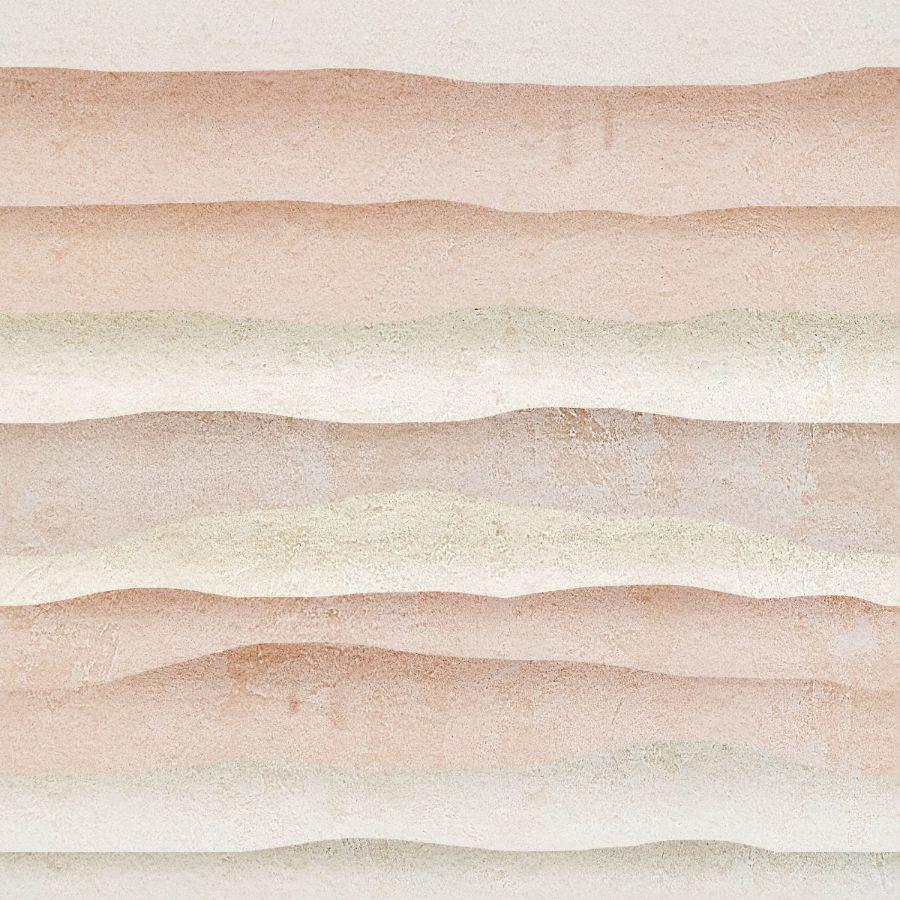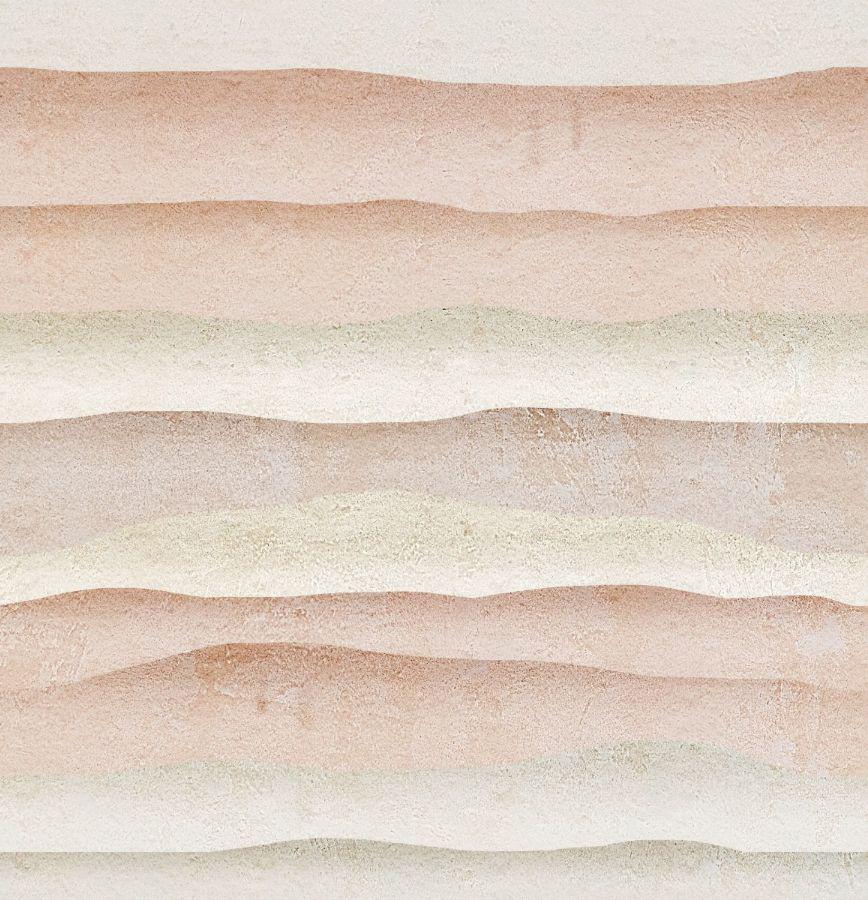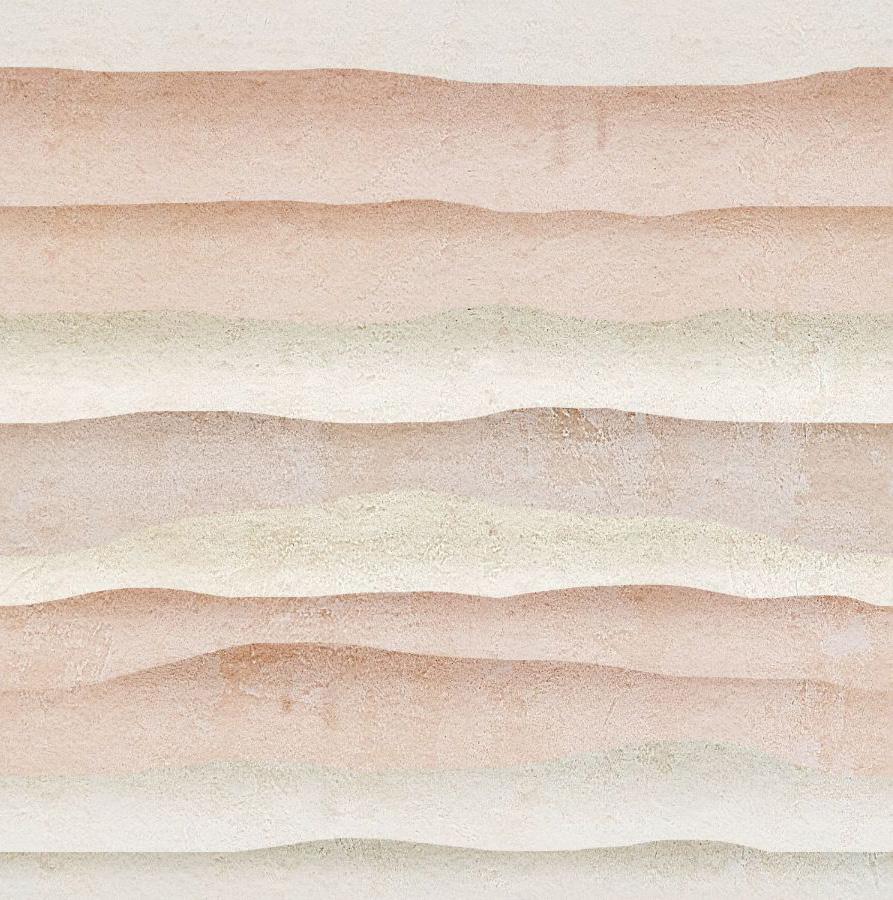




Material Study




Rammed Earth
Rammed earth is a sustainable construction technique that involves compacting a mixture of soil, sand, gravel, and stabilizing agents like cement or lime into a frame to create solid walls. This process layers and compacts the materials to make them dense and stable, therefore I will be using this technique to provide thicker walls as the new supporting structure of my design, with the existing walls of the builidng ‘buried’ inside. The technique offers excellent thermal mass, helping regulate indoor temperatures by absorbing heat during the day and releasing it at night. Rammed earth walls also have a unique aesthetic, with natural textures and colors that provide a rustic, earthy appearance.









Concrete
A concrete ring beam will be used to help stabilize walls and evenly distribute the weight of the structure. The ring beam encircles the building just above the rammed earth walls and ties the walls together, preventing them from shifting or moving apart due to external forces like wind. The concrete ring beam is reinforced with steel rebar to enhance its strength. It also helps protect the building from settling or cracking by providing a continuous, rigid support along the edges.
Polished concrete will be used as the flooring treatment where concrete is ground and smoothed to achieve a glossy, shiny finish. Polished concrete is durable, low-maintenance, and resistant to stains.





